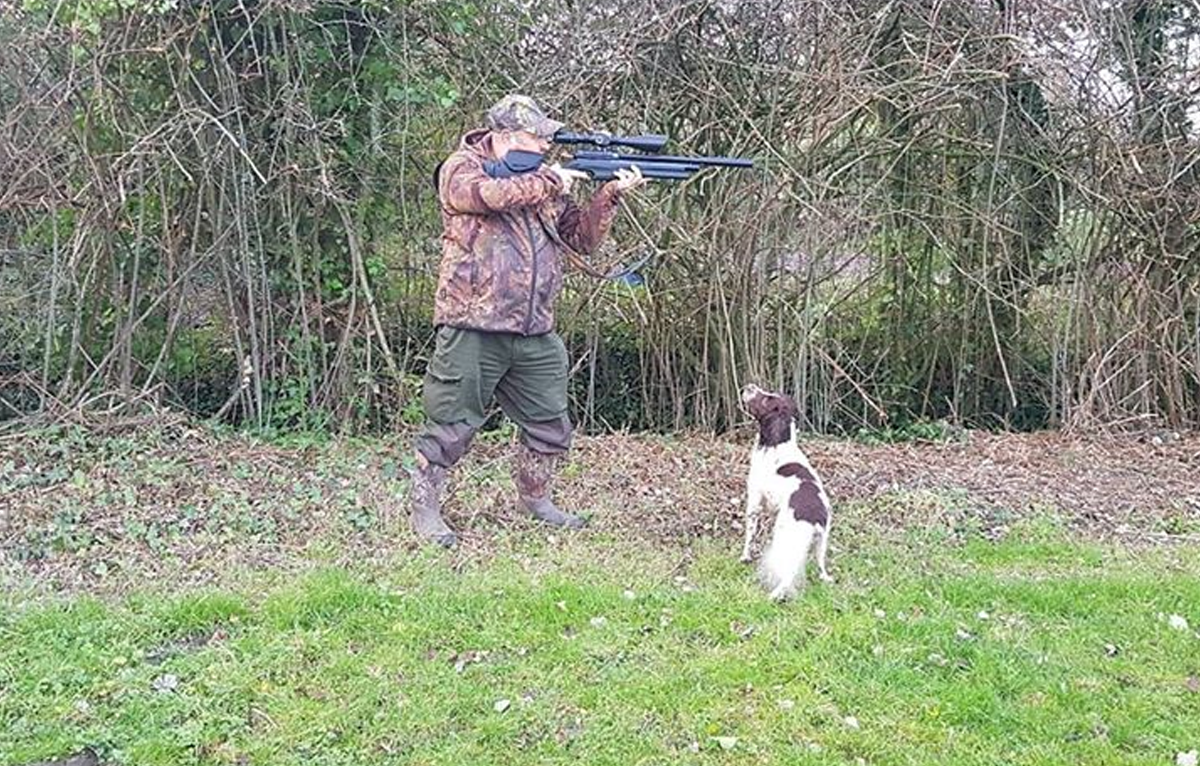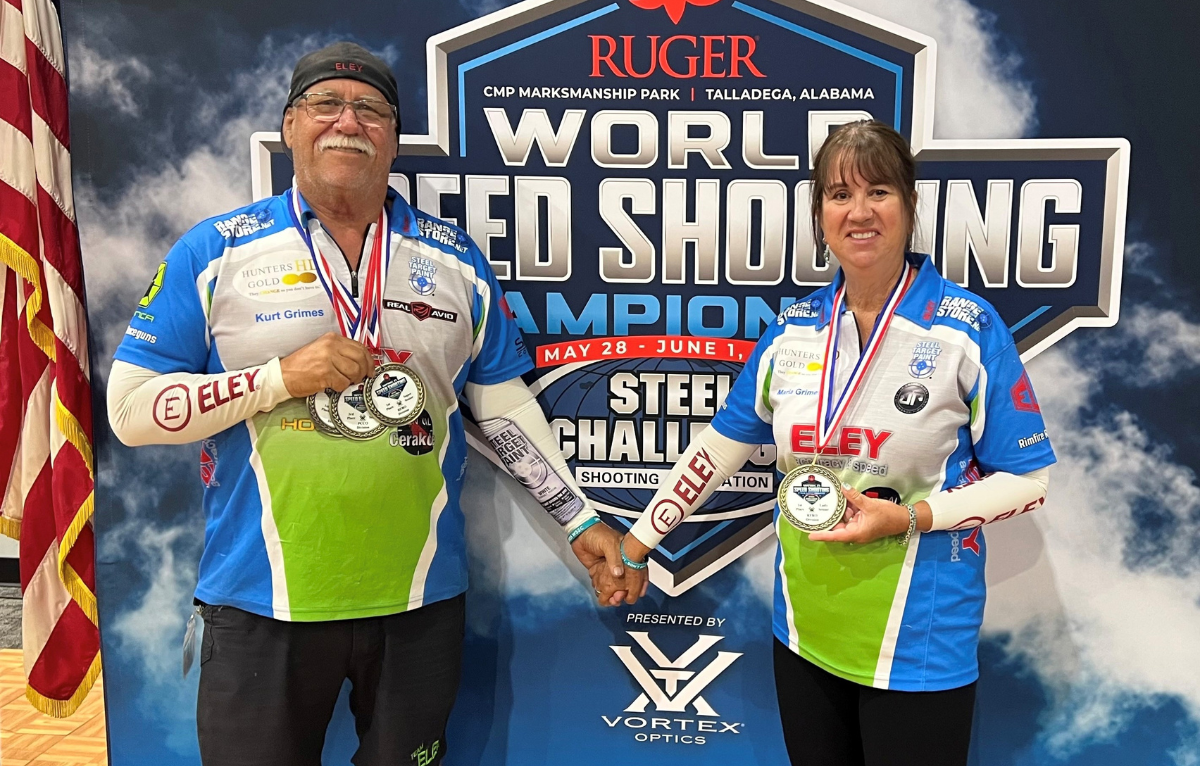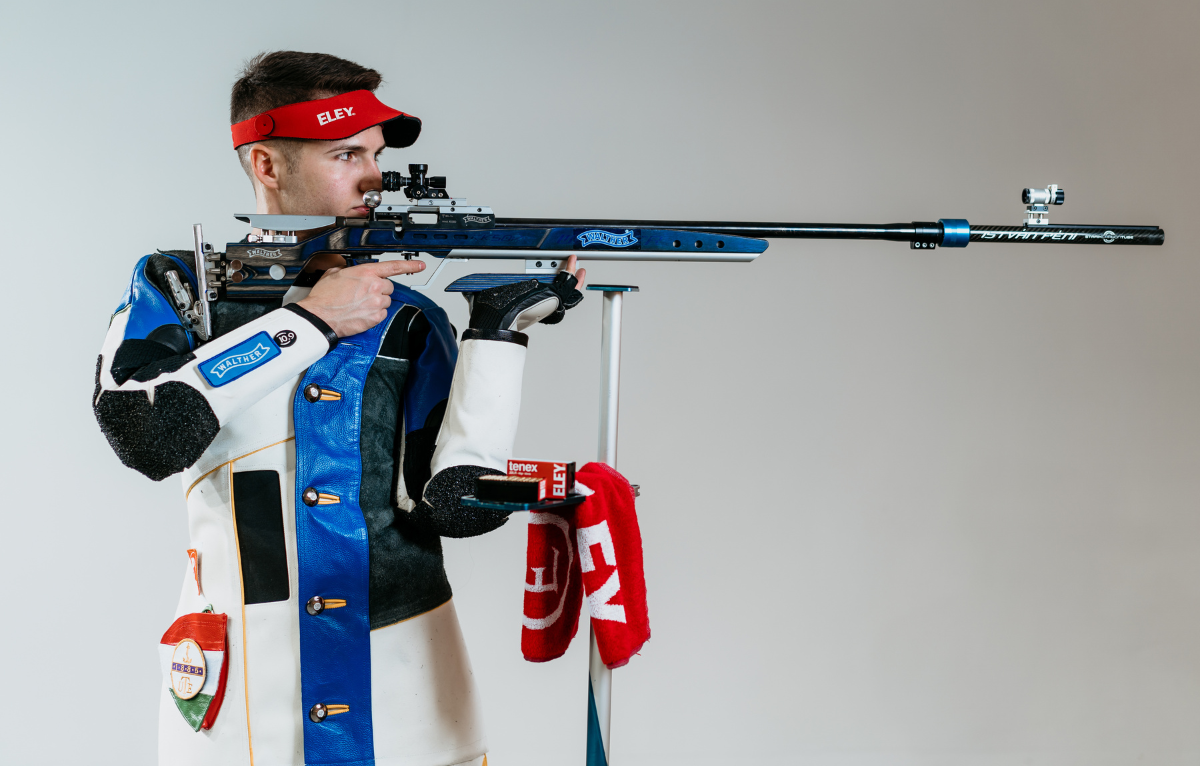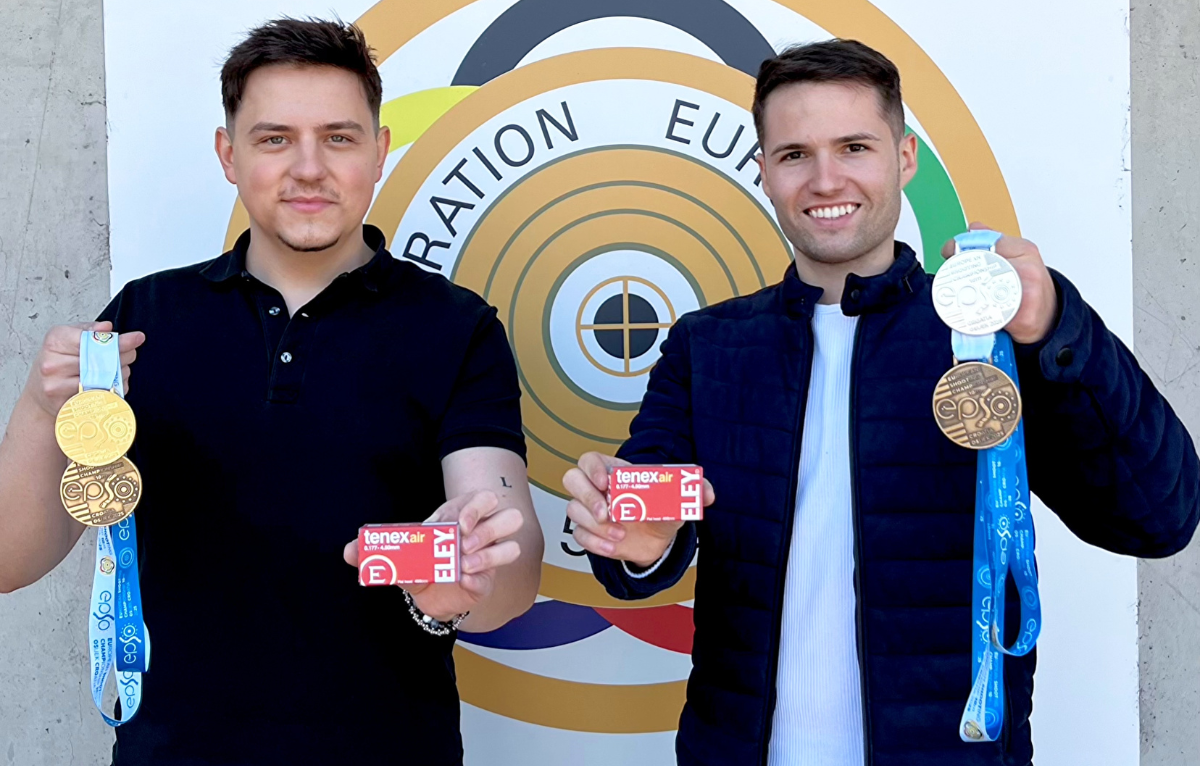The perfect gun dog is trained, not born. However, training a gun dog requires a lot of hard work and patience to develop the right skills. Yet, many hunters don’t know where to start when it comes to training an effective gun dog.
ELEY’s outdoor ambassador, Rob Collins, has trained many a gun dog over the year’s even breeding them for a while. Here, Rob gives his insight into how you can turn your young pup into a hunting hound.
“For me gun dog training starts off at day one with my puppy or indeed older dog. It must always start with a mutual respect for each other.
I have bred many litters all for that one pup to be my next companion. Of course I always find great homes for the other pups, but one is mine. How do I know what is the right pup for me? I always say the pup chooses me not the other way round. I also say the dog owns me not the other way around. For me they are family first, working dog second.
My beloved black Labrador Brook was from the last litter I bred. She died coming up for two years ago now aged nearly 11. From the day she was born we never were apart. Brook what a little fighter from the start, she was the runt of the litter and born not breathing. I worked on her keeping her against my skin under my arm keeping her warm until she came round.
That pup had the shortest legs I had ever seen on a Labrador, but what she lacked for in size she made up with in heart, spirit and intelligence. Even as a small pup she would fight under all the bigger pups getting the best teat. She soon grew strong. I wrote an article to commemorate her death called ‘It’s only a dog’ for The Countryman’s Diary Magazine. Google it. But have a box of tissues handy as you will cry with laughter and sadness I guarantee it.
Like I said it starts with that bond. From this bond you work as a team teaching the young pup or older dog what you want from it. People say you can’t teach old dogs’ new tricks, I say nonsense. Obviously we start off with the basics – sitting, waiting for food, walking to heel, lead control. This all takes time. It’s not a race, it’s a destination so the journey is as important as that end goal too. My Pappy (Grandfather) always taught me to beat an animal with a feather, by this he meant softly reprimand if you have too. Often just a look is enough. Now I know a lot of the folk reading this won’t agree with me, but this is my way and how I want my dogs to work for me as my partner. Many times folk have said about Brook who have shot with us, you know you and that dog are connected on a different level. I just laughed and said we are a team she knows what I want before I know myself. You have to remember your dog’s sense of hearing, smell and sight is better than ours.
The retrieve
The retrieve, I call this my one in ten. By this I mean I keep the dog/pup in sitting position on stay or sit. I throw the dummy or ball, but NEVER a stick that’s a very dangerous thing to do. I only allow them to retrieve one in ten, this helps keep them steady and they then don’t think the dummy is their property. You impress on them it is yours, this is wolf pack behaviour the alpha eats first.
Another thing no matter what you do always finish on a positive never a negative even if it’s just getting the dog/pup to sit. If you finish on a negative you will start your next training session off with such and the animal will know it. Also, only give a maximum of 20 minutes a day on each bit of training or you will lose the animals concentration, but above all finish on that positive.
Feather and fur
As time goes on we introduce the pup/dog to feather and fur. Don’t forget if you’re not going to have your dog as a working partner you don’t have to do this next bit, this is for the working partner. I cover my dummy in either a rabbit tanned rabbit skin or some pigeon or pheasant wings and carry out what we did as above. I now start off after a time introducing the shot to dummy throw, still only allowing the one in ten retrieve. Always with lots of praise when the dog/pup gets it right. I normally start off with a cap gun then move up to a blank firing pistol.
Time moves on and further heel training progresses following on from other heel work. I use a walking stick for this. First, we start off on the lead and later when mastered we work without the lead. The stick, the knee and the wall or hedge whatever, I call this the box. By this I mean the stick represents the gun the front of the box, the knee the marker of where I expect my dog to walk to heel well knee in this case one side of the box, the wall or hedge the outside of the box. The back of the box is the animal itself. I use this to train my dog to walk with me and what I expect is for it to stay in the box. This will soon become second nature. As we move on I introduce the gun, take shots with my blank firing pistol and have a dummy thrown. The dog sits to shot and waits for its command – still I use the one in ten retrieve method.
Hunt and retrieve
Getting the dog to hunt and retrieve, we start off softly again here by throwing the feather or furred dummy into light cover. Again one in ten retrieves are the dogs, this instils steadiness in the dog. As time moves on we start to lay scent trails using fresh shot game, thus firing the shot and commanding the dog left right back and getting the dog to hunt naturally. I would like to get onto hand signals but alas I only have a small window with this article. We will cover this in a future piece.
Now we are out in the hunting field, we have many different scenarios here and for the young dog this is where you can blow all your hard work and ruin a good dog. We may not be working with a gun this day; it may be ferret, bird of prey or even beating, always keep that steadiness and keep that bond close. There’s no such thing as a bad dog just a bad trainer. I have proved this so many times. Professionally I am a Pest Controller with many thousands of acres of agricultural pest control under contract, so to me my dog is my family first and my professional working partner second. My dog will drop to sit the moment I raise the gun or drop to a knee, wait for its command no matter if it’s walk or fetch. Brook got so good at she would sit from many yards away as soon as I mounted a gun, she always had one eye on me and one on what was happening. I truly swear that dog knew what I was going to do before I did it.
I have just not had the heart even two years later to get another dog, but I do have a young pup that started its training off with Brook and I. That’s young Tess the Springer Spaniel, she is actually my Dad’s dog. I am trying to train him as much as the dog, I think I will stick with the dog as training dad is a lost cause and he growls at me a lot. But I will say the season that little springer got to spend watching Brook work with me has stood her in good stead. Tess is coming along wonderfully and I am very happy with her progress, but as the saying goes, a Labrador comes to you half trained, but a Spaniel leaves you half trained.”





